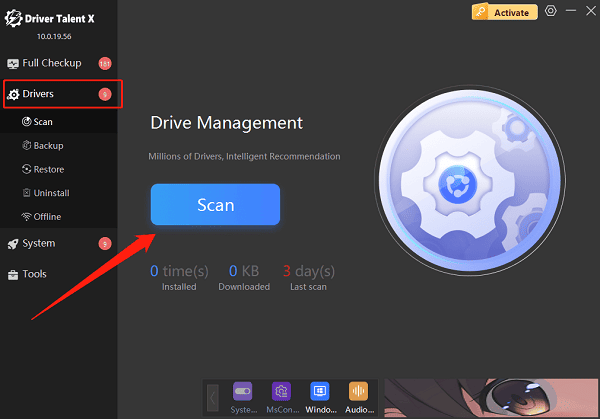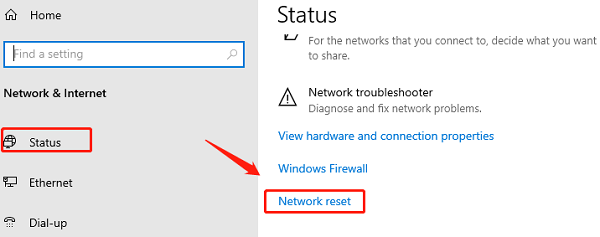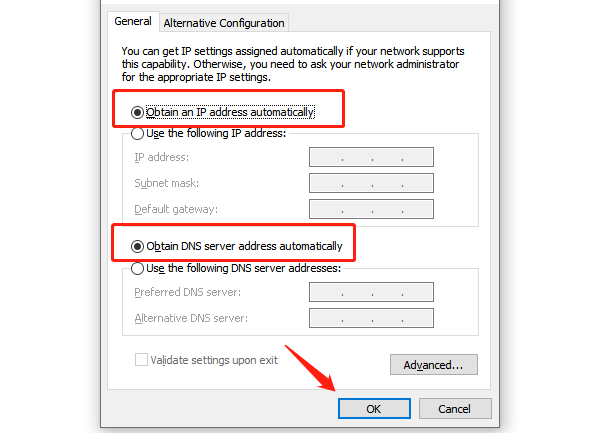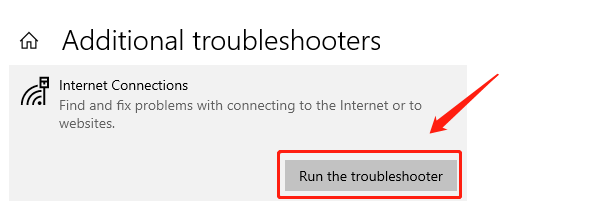While using Windows 10, many users often encounter a frustrating yet common issue: the system displays a "No Internet Connection" message, with a red "X" or a yellow exclamation mark over the network icon. Webpages fail to load, and apps can't access the internet.
Don't worry—this article will walk you through the possible causes behind the "No Network Connection" issue in Windows 10 and provide a series of efficient and practical solutions to help you restore internet access quickly.
Common Causes of "No Network Connection"
Before diving into the fixes, it's helpful to understand the usual reasons behind this issue:
Network adapter driver is faulty or missing
WiFi or Ethernet connection not properly established
Incorrect IP or DNS configuration
Router malfunction or broadband service interruption
Firewall or security software blocking access
Network settings disrupted by a Windows update
Quick Troubleshooting Steps
1. Restart Your PC and Router
Power off your Windows 10 computer and your wireless router. Wait for 1–2 minutes and then turn them back on. Many connectivity issues can be resolved with a simple reboot.
2. Check Physical Connections
For wired connections, make sure the Ethernet cable is securely plugged in and the port is not loose.
For wireless connections, verify that you're connected to the correct WiFi network and that the password is entered correctly.
Practical Fixes (For Windows 10)
1. Update Your Network Adapter Driver
Drivers are essential for proper network connectivity. Outdated or corrupted drivers may prevent your PC from connecting to the internet. To avoid manual errors and save time, it's recommended to use a professional driver management tool like Driver Talent X to scan and update network drivers with just one click.
Download and install the latest version of Driver Talent X.
Launch the software and go to the "Drivers" tab, then click "Scan". The tool will detect the status of all drivers on your PC.

Locate the network driver in the scan results and click the "Upgrade" button.
Restart your PC after the update to apply the changes.
2. Reset Network Settings
Press Win + I to open Settings and go to "Network & Internet".
In the "Status" tab, scroll down and click on "Network Reset".

Click "Reset Now". This will remove and reinstall all network adapters and restore the settings to default.
Restart your computer after the reset is complete.
3. Check IP Configuration
Press Win + R, type "ncpa.cpl", and press Enter.
In the "Network Connections" window, right-click your current connection (WiFi or Ethernet), and select "Properties".
Under the "Networking" tab, double-click "Internet Protocol Version 4 (TCP/IPv4)".
In the pop-up window, ensure "Obtain an IP address automatically" and "Obtain DNS server address automatically" are selected.

If you use a static IP, make sure all fields are correctly filled out.
Click "OK" to save changes and close the windows.
4. Run the Windows Network Troubleshooter
Press Win + I, go to "Update & Security".
Select "Troubleshoot" > "Additional troubleshooters", then choose "Internet Connection"s and click "Run the troubleshooter".

Windows will begin diagnosing and attempting to fix network issues. Follow the prompts until the process is complete.
If successful, you'll see a "Problem fixed" message. Test your connection again.
5. Temporarily Disable Firewall or Antivirus Software
Check Windows Firewall:
Press Win + R, type "control", and press Enter to open the Control Panel.
Go to "System and Security" > "Windows Defender Firewall".
On the left panel, click "Turn Windows Defender Firewall on or off", and adjust settings as needed.
Check Third-party Security Software:
If you use third-party firewalls or antivirus tools, open the software and review its network protection settings.
Temporarily disable the firewall feature or adjust settings to ensure internet access is not being blocked.
Advanced Solutions (For Complex Issues)
Manually assign a static IP address
Log into the router's backend to check for MAC address filtering or device blacklisting
Test your PC's network adapter using a mobile hotspot
Run system-level commands to reset network protocols, such as netsh winsock reset
While Windows 10 "No Network Connection" issues can be frustrating, most cases can be resolved quickly by following the methods outlined above. It is highly recommended to use Driver Talent X to check and update your drivers efficiently.
If none of the above methods work, you may need to contact your internet service provider or consult a professional technician for further assistance.
